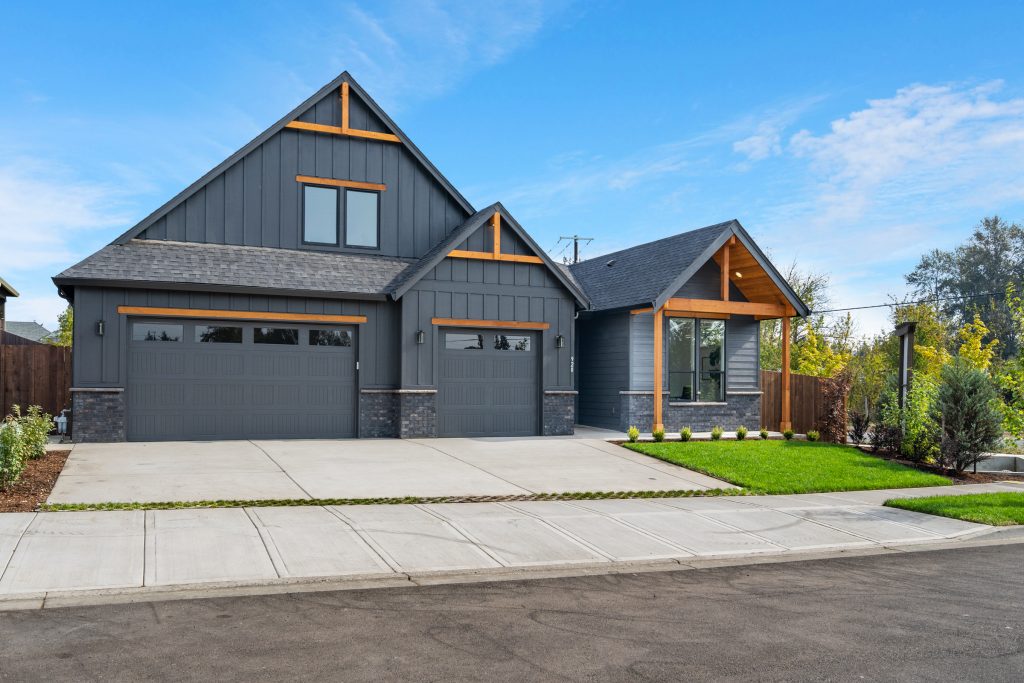
With rustic and farmhouse design concepts rising in popularity throughout the country, board and batten siding materials feature prominently in the catalog of architects, developers, and renovation professionals.
Board and batten, sometimes referred to as barn siding, rose in prominence in the early days of American development to improve on the functional limitations of wood.
Wood plank siding would shrink and swell in the face of moisture, creating huge cracks between board transitions. To prevent the free passage of air and moisture into the home, thinner strips of wood, called battens, were used to cover these cracks between the vertical boards, helping seal the building envelope when imperfections inevitably arose.
The result was a siding style that not only better protected the home from the elements, but created a textured pattern of thick vertical boards alternating with thinner raised battens that boasted of americana.
Despite the functional improvements of the board and batten concept, the underlying material was still wood. For all of its aesthetic charm, wood has a number of deficiencies as a building material, including:
- Will shrink and swell as moisture levels fluctuate
- Can become brittle and crack from extended UV exposure
- Requires regular painting/staining to retain its aesthetic and insulative properties
- Extreme risk of rot, insect, and fire damage
Fortunately, a number of innovative board and batten siding options have arisen over the years that are nearly indistinguishable from natural wood in terms of appearance but come with a fraction of the maintenance and upkeep requirements. Some of the most common products include vinyl, fiber cement, and steel log.
To find out more about the current state of board and batten and how innovative new materials are improving this classic American siding style, be sure to read the following infographic by TruLog Siding.
